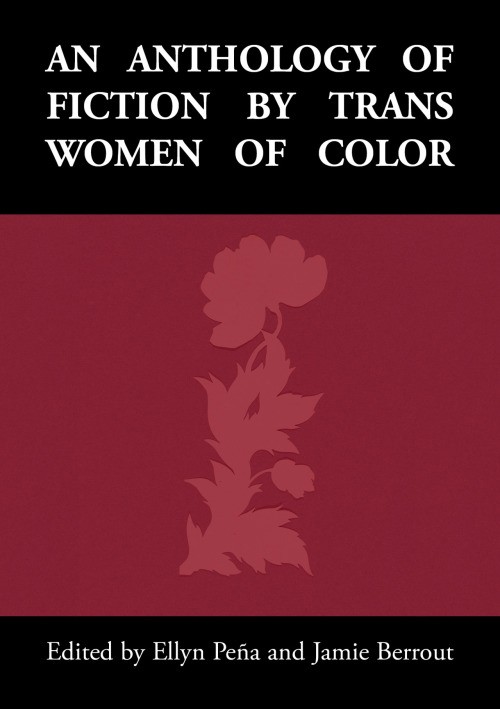“An Anthology of Fiction by Trans Women of Color” is a bold first step. As explained in the introduction by Jamie Berrout, an editor of the book, a lack of writing by transgender women of color exists with the few exceptions receiving little attention by critics and readers alike.
This book seeks to provide a jumpstart to this overlooked part of literature and help people who experience transmisogyny by offering the book for free to all trans women of color and trans/nonbinary people of color.
For the most part, the book succeeds in showcasing compelling literature written from the point of view of trans women. While many of the pieces speak on trans experiences, others focus on family, treasure hunting in space and memories of the past, among other topics. The variety of topics makes it so the book has something for everyone to enjoy.
The writing is excellent and consistent, making every piece’s world feel well realized. This can, however, leave the reader wishing that some of the pieces went on longer or existed as standalone books.
“Space Hunters,” by Lulu Trujillo, highlights this problem especially. A space story about a girl named Penny, a member of a four-person treasure hunting crew looking for their next job. Trujillo hints at a romance, a world where aliens live with humans and a war that took place over 100 years ago. These interesting points are brought up and dismissed in the same breath in the interest of getting back to the main plot. The piece stays interesting but leaves the reader wanting more.
While each of the 11 pieces in the book present an interesting reason to read, the pieces that focus on trans-feminine experiences stand out. These pieces feel refreshing because of how unique they feel, even when the genre and setting are familiar. They comfort readers who have lived through these experiences and ask those who haven’t to look at the ways they contribute to the treatment of trans women of color.
The excellent “The Girl and The Apple” by Jasmine Kabale Moore, examines how trans women and people of color living in a society that does not value their existence makes them fear for their lives on a daily basis. Moore looks at how these fears seep into daily thoughts and how society makes performing gender a certain way a necessity for trans women to live.
The strength of pieces like this can overshadow some of the other work. Pieces such as the dream-like story of robbery in “Untitled Story,” by Saki, the exploration of the relationship between a daughter and her father in “La Shooting Estrella,” by Alma Díaz, and the look at the cycle of poverty in “Collecting,” by Manuel Arturo Abreu, end up falling to the wayside.
“An Anthology of Fiction by Trans Women of Color” sets itself apart from a lot of literature out there. Made from the ground up for trans women for trans women, its timely release is no coincidence. It’s a great read that features excellent writing and an interesting subject matter. The book extends a hand out to the trans community in hopes of bringing them together so they can look for a way to heal in a scary time with an uncertain future.
Follow Aldo Ruiz on Twitter.









